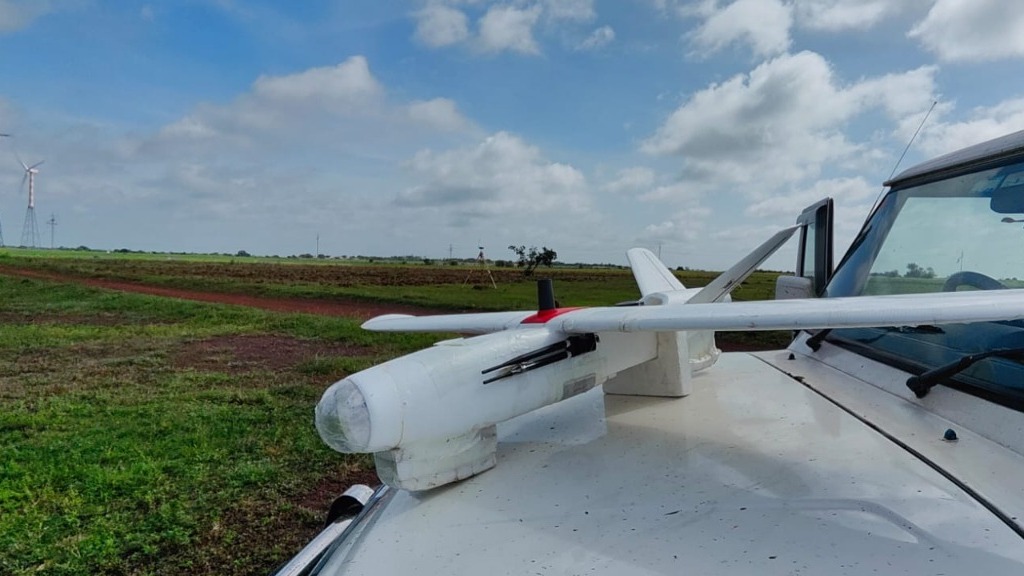Drones for Surveying and Mapping
In recent years, drones have transcended their reputation as recreational gadgets and have emerged as powerful tools with immense potential across various sectors. One industry that has experienced a significant transformation due to drone technology is surveying and mapping. These unmanned aerial vehicles (UAVs) have revolutionized the way we collect geospatial data, create maps, and visualize terrain. Let’s understand the major outputs of drone surveying and mapping and their invaluable applications in this dynamic field.
1. 3D Models: Drones equipped with advanced sensors capture high-resolution images and generate detailed 3D models of the surveyed area. These models provide an immersive and accurate representation of the terrain, buildings, and infrastructure. 3D models enable surveyors to perform measurements, analyze volumetric, and conduct simulations, aiding in urban planning, construction projects, and land management.
2. Orthomosaic Images: Orthomosaics are highly precise, georeferenced aerial images stitched together to form a seamless, orthorectified map. These images offer an accurate representation of the surveyed area, accounting for distortions caused by topography and camera angles. Orthomosaic maps are indispensable in creating detailed base maps, monitoring land use changes, conducting environmental assessments and much more.
3. Digital Surface Models (DSMs): A Digital Surface Model represents the Earth’s surface, including natural features, buildings, vegetation, and man-made structures. By analyzing elevation data collected by drones, DSMs provide a comprehensive view of the terrain, enabling precise measurements of heights, slopes, and contours. This data is crucial for infrastructure planning, flood modeling, and forestry management.
4. Digital Terrain Models (DTMs): DTMs, also known as bare-earth models, focus on representing the ground surface without any vegetation or structures. By removing above-ground features, DTMs provide accurate elevation information essential for engineering projects, land development, and floodplain mapping. DTMs facilitate slope analysis, cut and fill calculations, and geological studies.
5. Google Tiles: Drones can capture imagery at high resolutions and generate Google Tiles, which are image tiles used in popular mapping platforms like Google Maps. These tiles enhance the visual representation of the surveyed area, improving navigation, and enabling users to explore detailed aerial views. Google Tiles find applications in real estate marketing, tourism, and urban planning.
Drones have revolutionized the surveying and mapping industry, offering unprecedented capabilities in data collection and analysis. The outputs generated by drone surveys provide invaluable information for urban planners, engineers, environmentalists, and land managers. By leveraging these outputs, professionals can make informed decisions, optimize resource allocation, and enhance the accuracy and efficiency of their projects. As drone technology continues to evolve, we can expect even more innovative applications and outputs that will shape the future of surveying and mapping, unlocking new possibilities in understanding and managing our ever-changing world.

